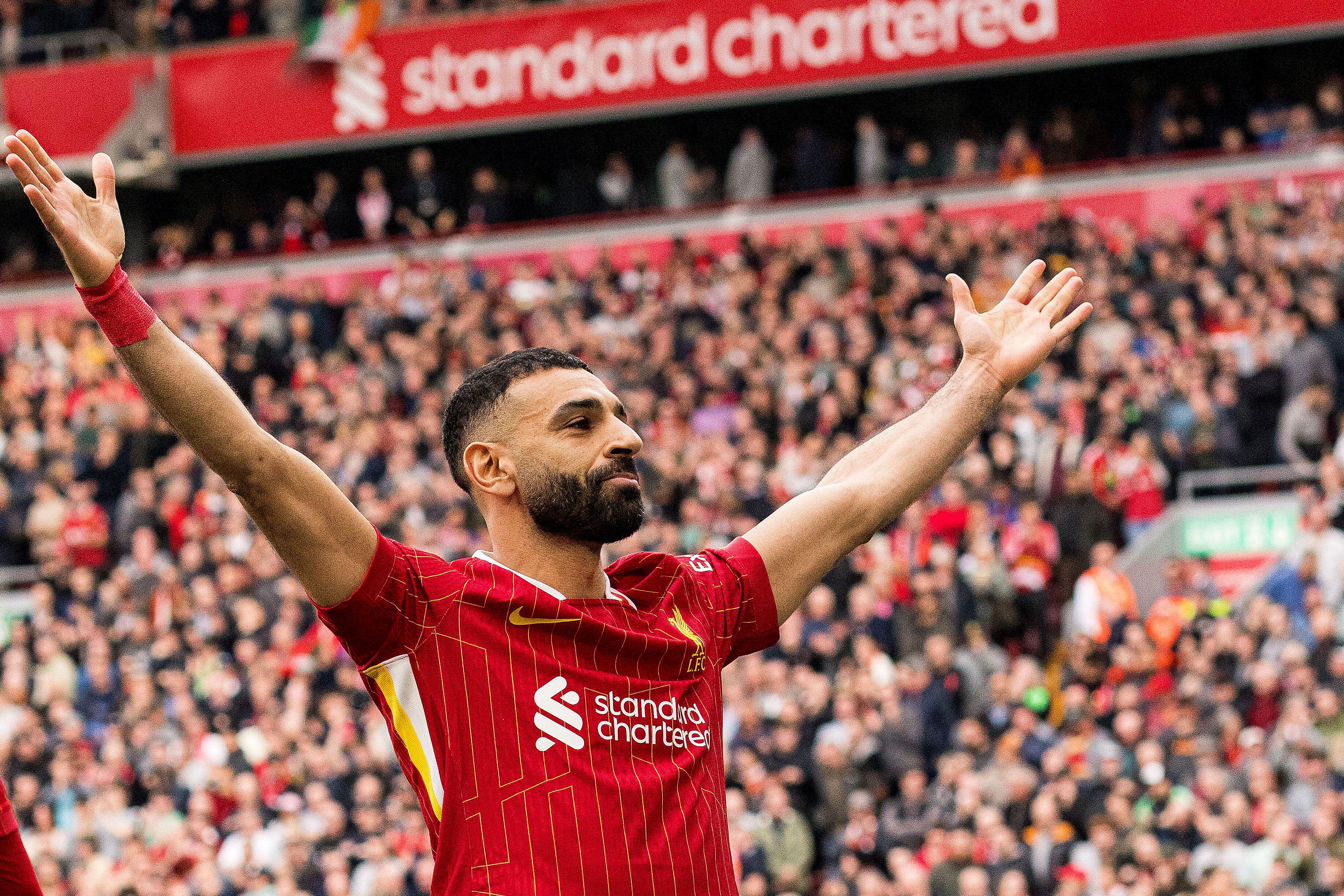Half-space: football tactics explained
What actually is the half-space? Here's your handy tactical explainer
The half-space is a fated patch of pitch. Can one area of the football pitch be more special than another?
When you’re staring out onto the lush grass at the home stadium of the club you’ve supported your entire life, it probably all feels like hallowed turf. But for the top managers in the game, certain areas of the pitch are indeed special.
So what makes the half-space so mythical? And why does it matter? Here at FourFourTwo, we're here to explain any football term you need a hand with. Let's dive in.
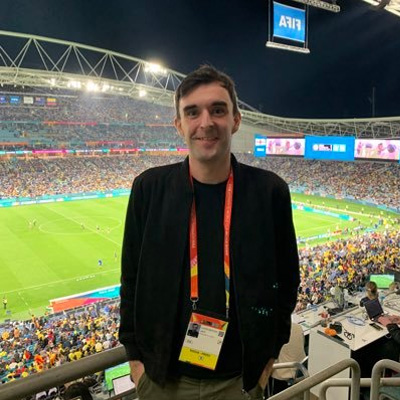
I'm Jack, I've watched football through a tactical lens for over a decade, analysing trends not only at the top of the game, but also how strategies and approaches can be used at amateur level.
I’m also an FA-level 2 qualified coach and have written extensively on tactical analysis for various publications. A lot of my spare time is spent training, playing the game, or settling down to perfect a tactical approach on Football Manager.
What is the half-space?
To understand the half-space, you must divide the pitch into five vertical lanes running the length of the pitch. The areas closest to the touchline are, naturally, referred to as the wide areas.
The middle of the five lanes, is known as the centre. That leaves the remaining two lanes, in between the centre and the wide areas. Both are the half-space.
In the clip above, the right-sided centre-midfielder picks up the ball from the goalkeeper and carries it into the halfspace.
The term originates from Germany, who have their own term for the two half-spaces, ‘halbraum’.
Get FourFourTwo Newsletter
The best features, fun and footballing quizzes, straight to your inbox every week.
Typically these areas are considered dangerous in an attacking sense. Broadly the half-spaces are considered to have the in-possession advantages of the centre zone, with the added bonus of greater space for movement.
Yet they also offer an angle that encourages unpredictable passes, harder to read for opposition defenders. Managers including Jurgen Klopp, Ralph Hasenhuttl, Pep Guardiola and Thomas Tuchel are all known to focus on exploiting the half-space.
Who's so special about the halfspaces?
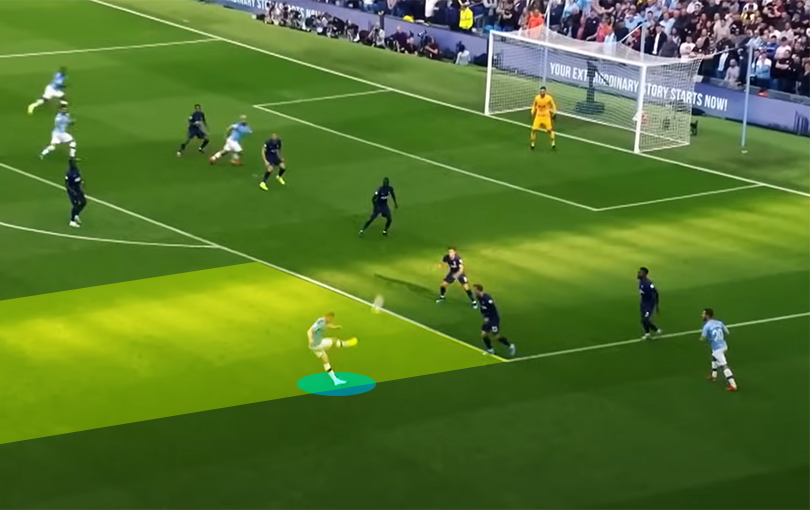
Kevin De Bruyne's trademark move from the half-space is to play a cross, as it's closer than the from the wing-space and forces defenders to think quickly…
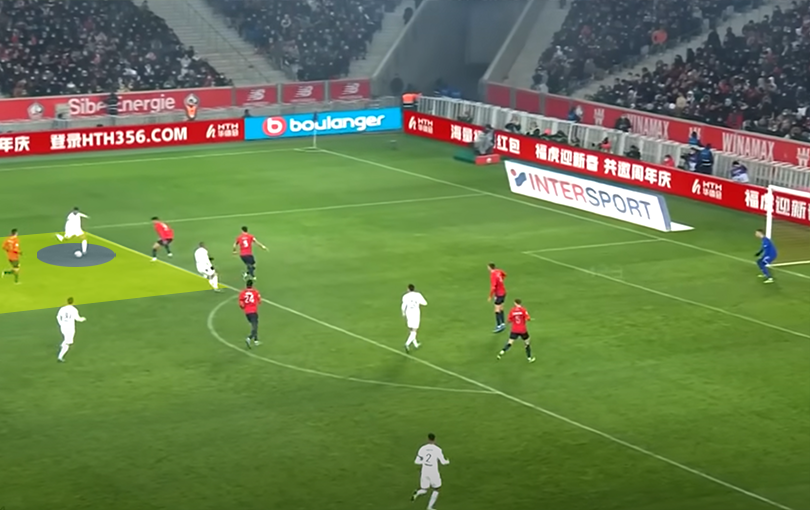
…however, as a inverted forward, Kylian Mbappe opens his body up in the half-spaces to shoot at goal. This means that he has more of the goal to aim at with his right foot from a left-of-centre position…
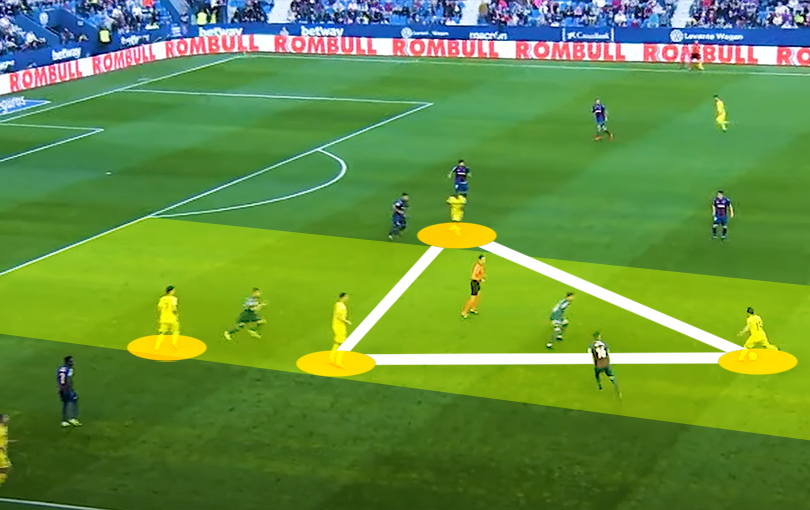
…likewise, a player like Santi Cazorla used the half-spaces for combining with team-mates – since there was so much space without the area being too congested – with the spare man highlighted here making a run behind the defence.
Well… angles. And it all depends on what's happening around you.
The half-space is the area of the pitch between the centre-back and full-back – so that's a good place to pick out a pass in the channel between the pair of them. If you're a right-footed playmaker in the right half-space like Kevin De Bruyne or Trent Alexander-Arnold, crosses from this position cause confusion between two centre-backs. If you're right-footed and in the left half-space, you can cut onto your favoured foot and have the whole goal to aim for.
The central space is too congested. The wide spaces are too far from goal. The halfspaces, meanwhile, offer passing options left and right, a clear sight at goal and uncertainty in an opposition defence. These areas are the courts of kings and queens who play quickly and instinctively, whatever the scenario.
Which players use the half-space effectively?
While the half-space is more commonly associated with the no.8, many no.10s and trequartistas drift from their central berth into the halfspaces between the lines, in order to force an overload. Bruno Fernandes was used to this effect under Ole Gunnar Solksjaer, while Arne Slot's 4-2-3-1 formation often uses Dominik Szoboszlai to drift towards one of the two wingers to provide support in possession.
Two of the greatest players in Manchester City’s history are coincidentally two of the greatest masters working the half-space: playmakers David Silva and Kevin De Bruyne.
The little Spaniard lived in the half-space. His ability to take the ball fluently on the half-turn from close range meant Silva could push aggressively at the top of the half-space. It was so hard for defenders to get the ball off Silva in this area, he would naturally create plenty of chances when occupying the zone.
His fellow City no.8 De Bruyne is equally perfect for occupying the half-space. The Belgian often sits deeper but uses his wonderful crossing ability to pick out forwards playing on the last shoulder.
Even though he built his reputation as a goalscorer, Harry Kane is another player who intelligently uses the half-space, for linking with midfield and switching play to the opposite flank. Other players notable for utilising the half-space include, Phillip Lahm, Pedro, Guro Reiten and Sadio Mane… but in truth, the list is almost endless.
What are the pros and cons of attacking in the half-space?
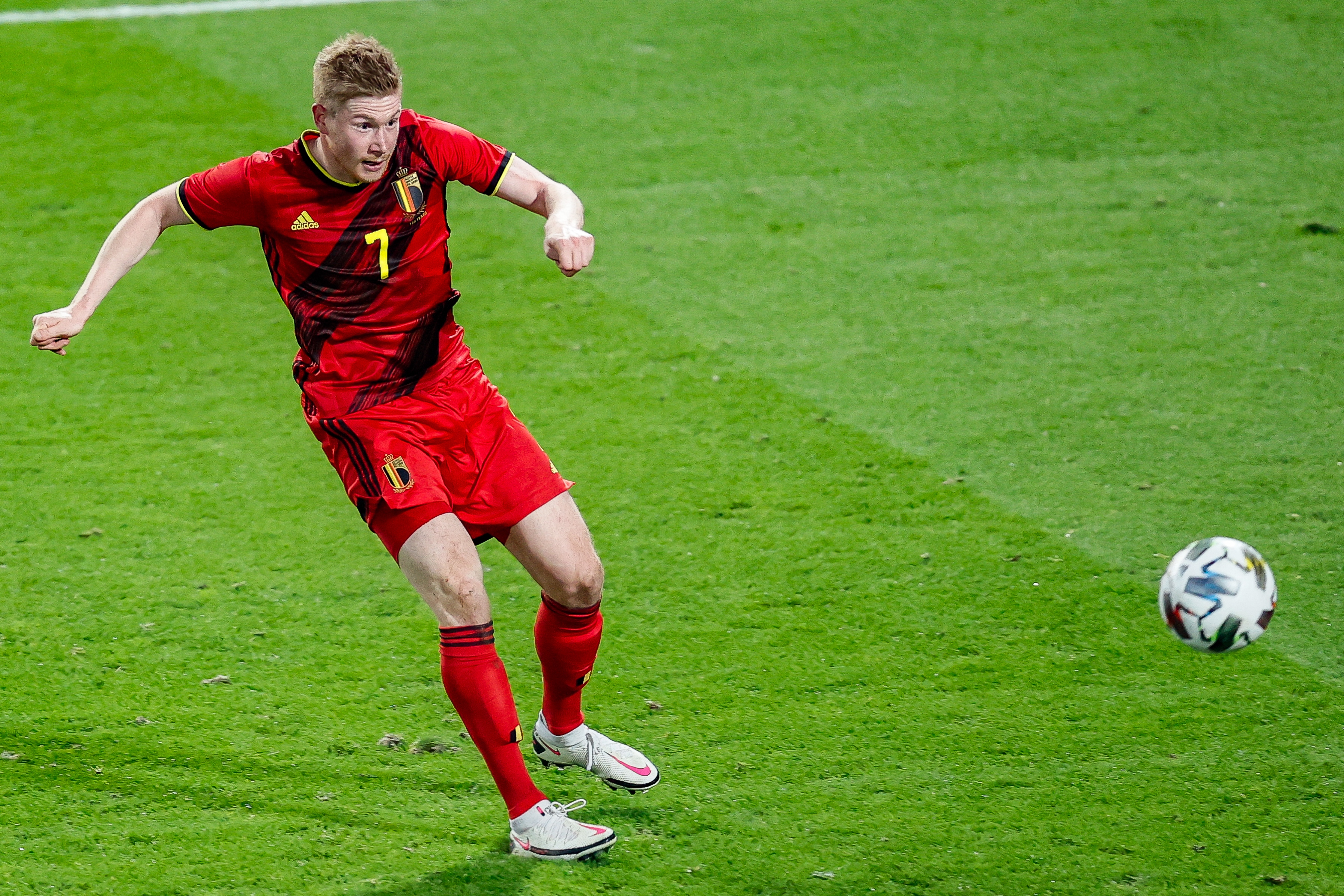
The main benefit of the half-space is the options available to a person in possession. Forwards could be running in behind, with perhaps a full-back wide on the overlap.
A player will be encouraged to play dangerous diagonal passes which are far harder to defend against. Central players will naturally be drawn towards the ball leaving space on their blindside that can be exploited. The central and wide areas are often more crowded, meaning it can be harder to find a killer forward pass in these zones.
A downside is that you really need players with excellent split-second decision-making to make the most of the half-space.
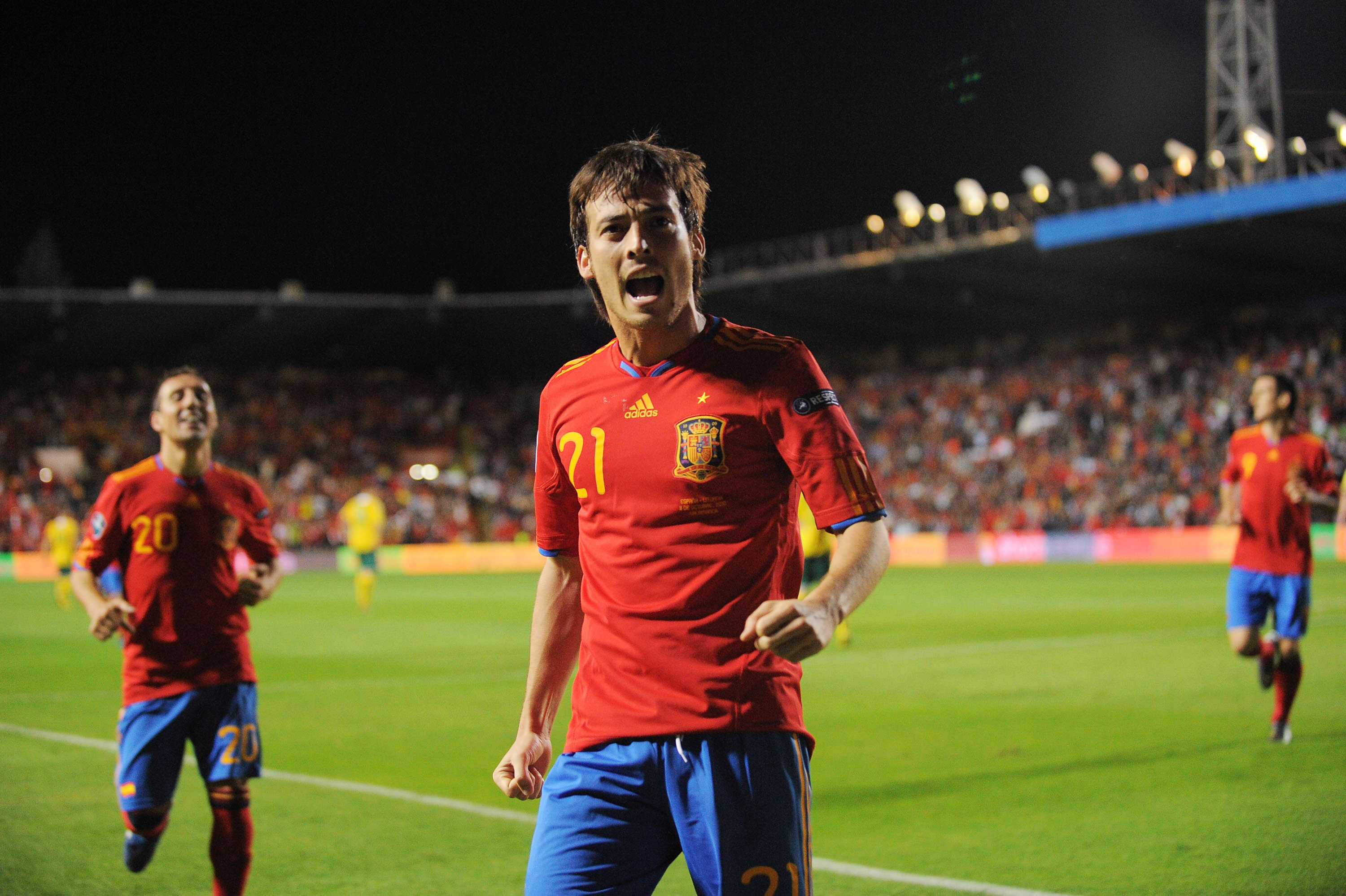
Think about it this way. If you are carrying ball forward in the centre or wide lanes within the final third, you’ll often not even need to think about the best course of action. Often you’ll shoot in the centre or cross in the wide areas.
But the half-space requires more than instinct. It is not always easy to shoot from this space, but also not always clear when a pass or dribble is required.
Unless of course you’re David Silva, in which case you’ve already made the right decision.
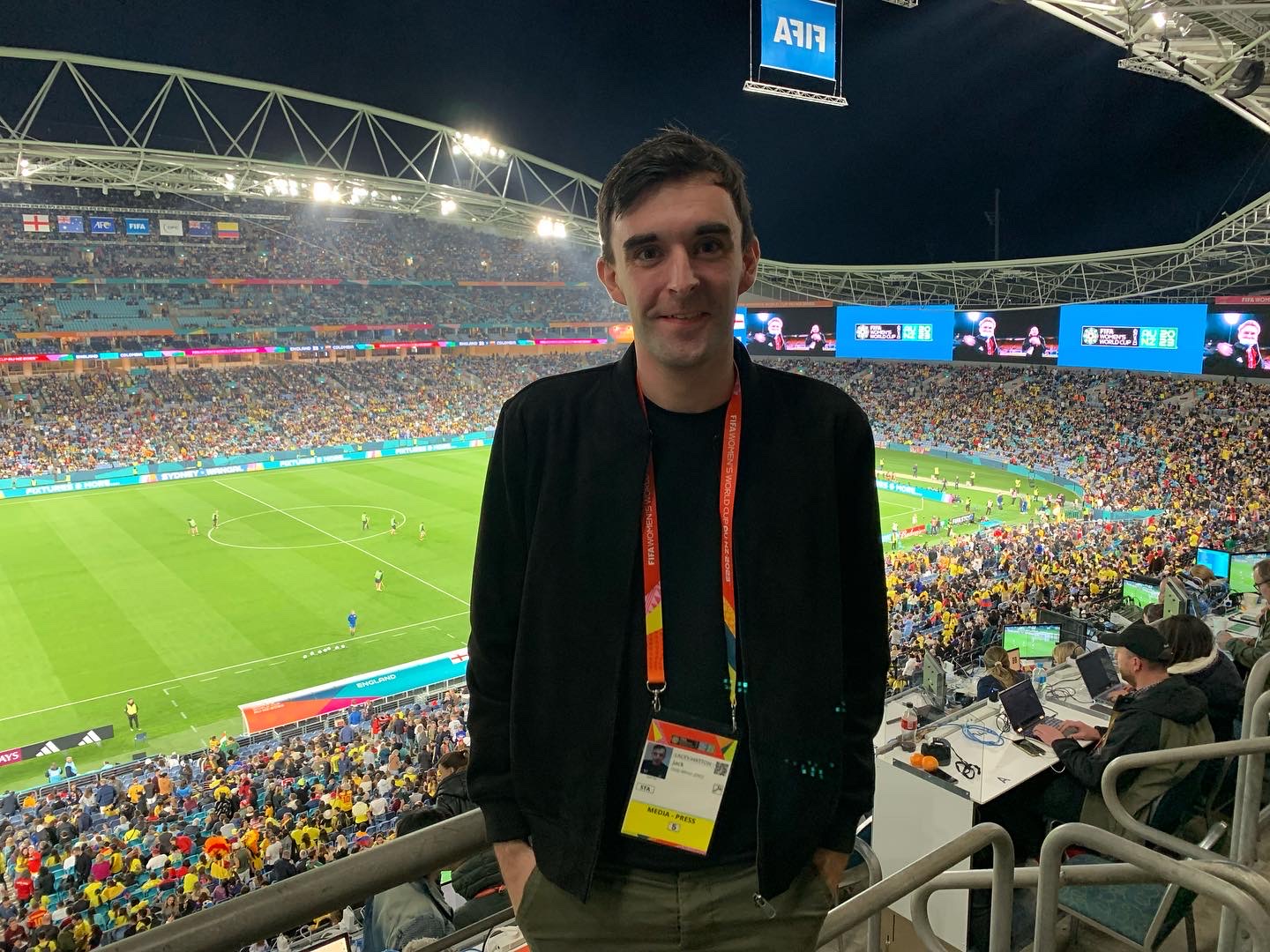
Jack has worked as a sports reporter full-time since 2021. He previously worked as the Chief Women’s Football Writer at the Mirror, covering the England Women’s national team and the Women’s Super League. Jack has reported on a number of major sporting events in recent years including the 2023 FIFA Women’s World Cup on the ground in Australia. When not writing on football, he can often be spotted playing the game somewhere in west London.
